“Everything has its beauty, but not everyone sees it.” Andy Warhol
Almost an everyday activity, my walk along the cliffs. The beauty of landscape views feeds my soul as well as my mind. Everyday the light is different, the colours changing with season. Weather and time both impact what I see and how I see it. In my last blog (Cliff Walk 27) I wrote about a typical wander where the weather was so adverse that even seeing could be problematic. Some days, however, present a cornucopia of artistic images rivalling the best to be seen in galleries across the globe.
 Grass in the frost and sunshine, a mixture of dewdrops, frost pieces and colour. Reminded me of Bernard Cohen’s ribbon paintings, one of which is imaged below
Grass in the frost and sunshine, a mixture of dewdrops, frost pieces and colour. Reminded me of Bernard Cohen’s ribbon paintings, one of which is imaged below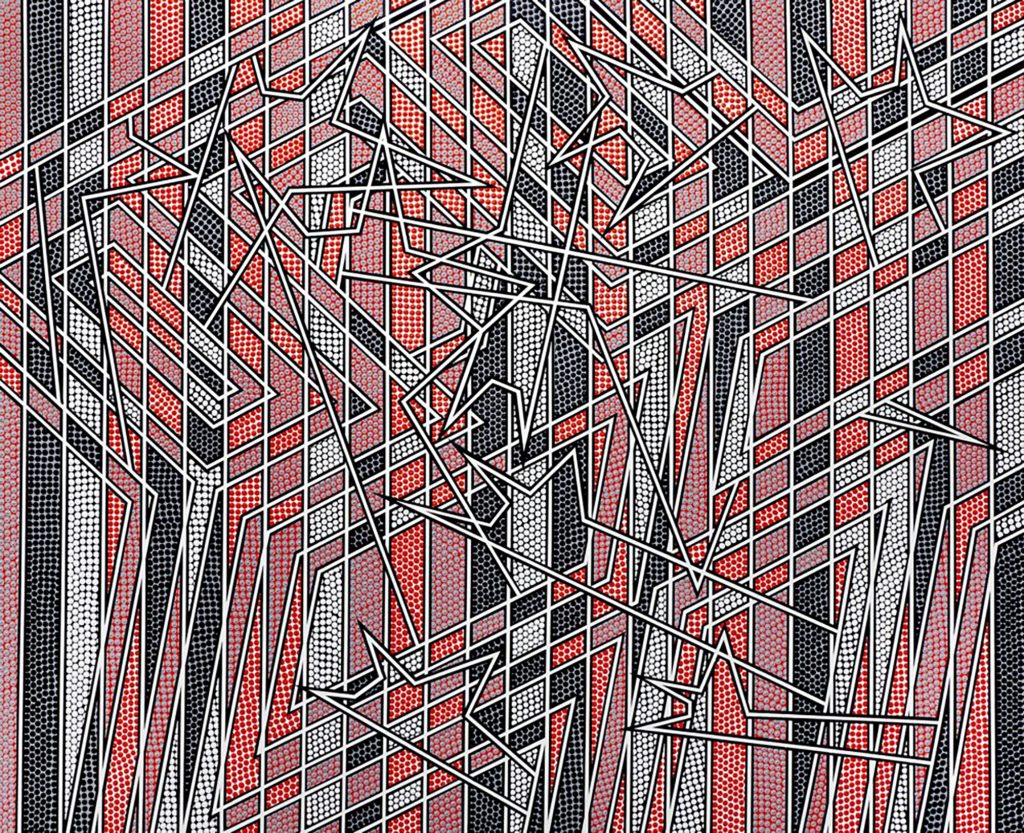
I bring to my looking over 60 years of drawing, painting and design, and my knowledge of other artists work allows me to see parallels with their pieces in the natural world, discovering the same sort of visual feasting on some walks that I enjoy on a visit to London’s Tate galleries, but without the crowds. My walk gives time to calmly and peacefully contemplate and enjoy. In some parts I see anew, in others I contemplate continuing change to old friends, some written about before such as the Bridget Riley of the Shingle, which unlike Riley’s art works, continues to decay and deconstruct, the colours changing.
The challenges to me as an artist happen both through the camera and its associated technologies as well as what I can do in the studio to try to capture something of the complexities of time and colour through paint and pastel. Capturing time is an issue I continue to address. The camera freezes moments, stopping time, making waves stand still. On canvas and paper, through collage and paint, I can extend those frozen moments into something expressive of the potential each moment has within it.
The issue with my walks is the number of visual images I can capture. I am overloaded with ideas, see other artists work everywhere I look and curse my own ineptitude and slow working pace. Prevarication and inertia are old enemies, and the state of my health has not helped me generate the positive state of mind needed to blast through them, but gradually I am succeeding in moving forward.
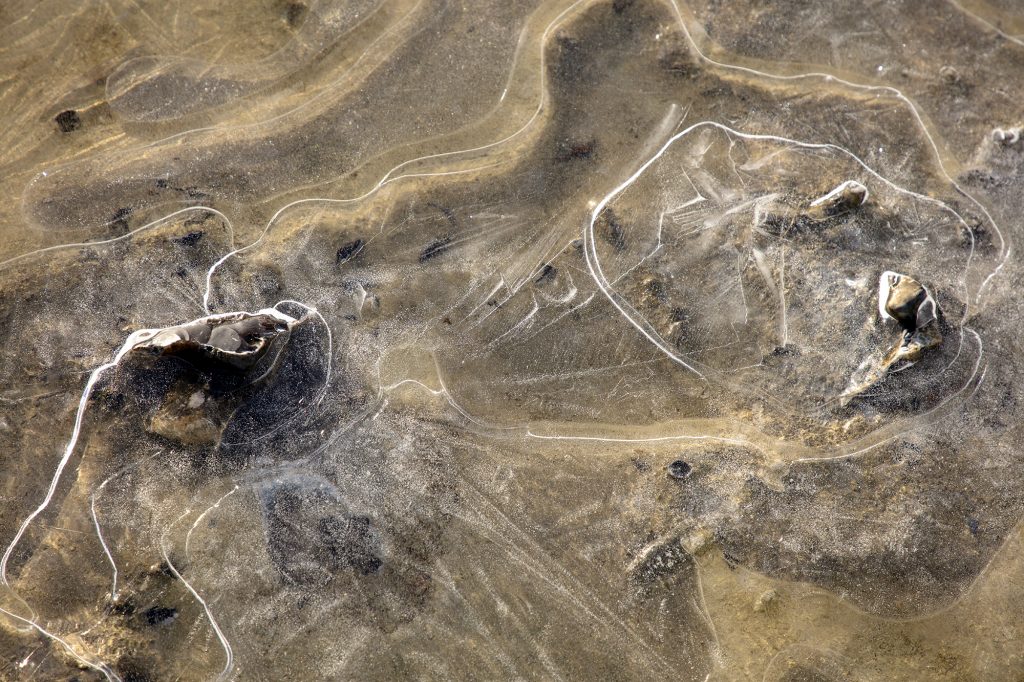 Reminds me of my images of Namibian landscapes
Reminds me of my images of Namibian landscapes
The freezing weather a day or two back offered new images to rival some of the best abstract art, recalling the work of artists from my time in art college in the late 60’s, particularly the work of Hoyland (who I briefly worked for as his studio assistant) and Bernard Cohen. There is a view that ‘to see art you must know art’, and knowledge certainly helps me draw these parallels, but the lack of visual acuity for most means many see as through a fog.
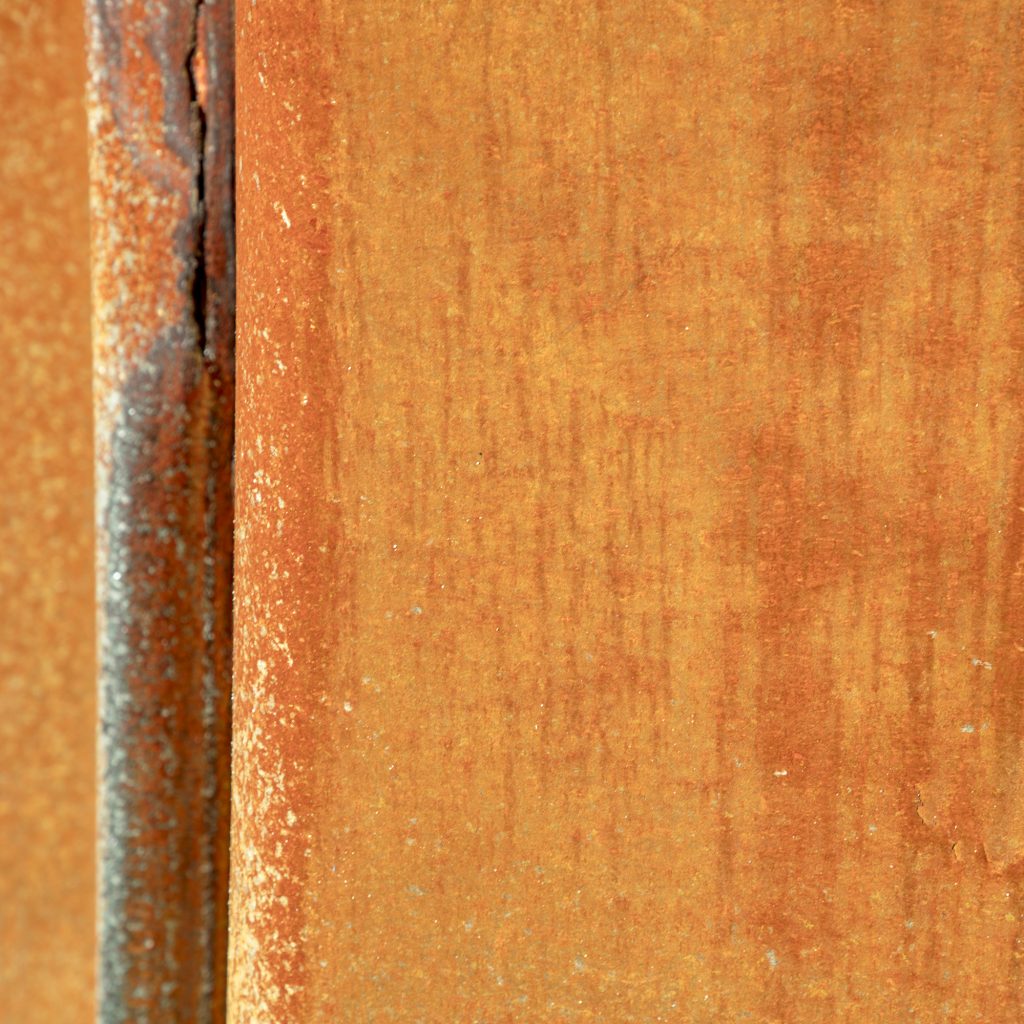
The colour of the ‘Bridget Riley of the Shingle’ constantly developes, this reminding me of a Hoyland painting (below)
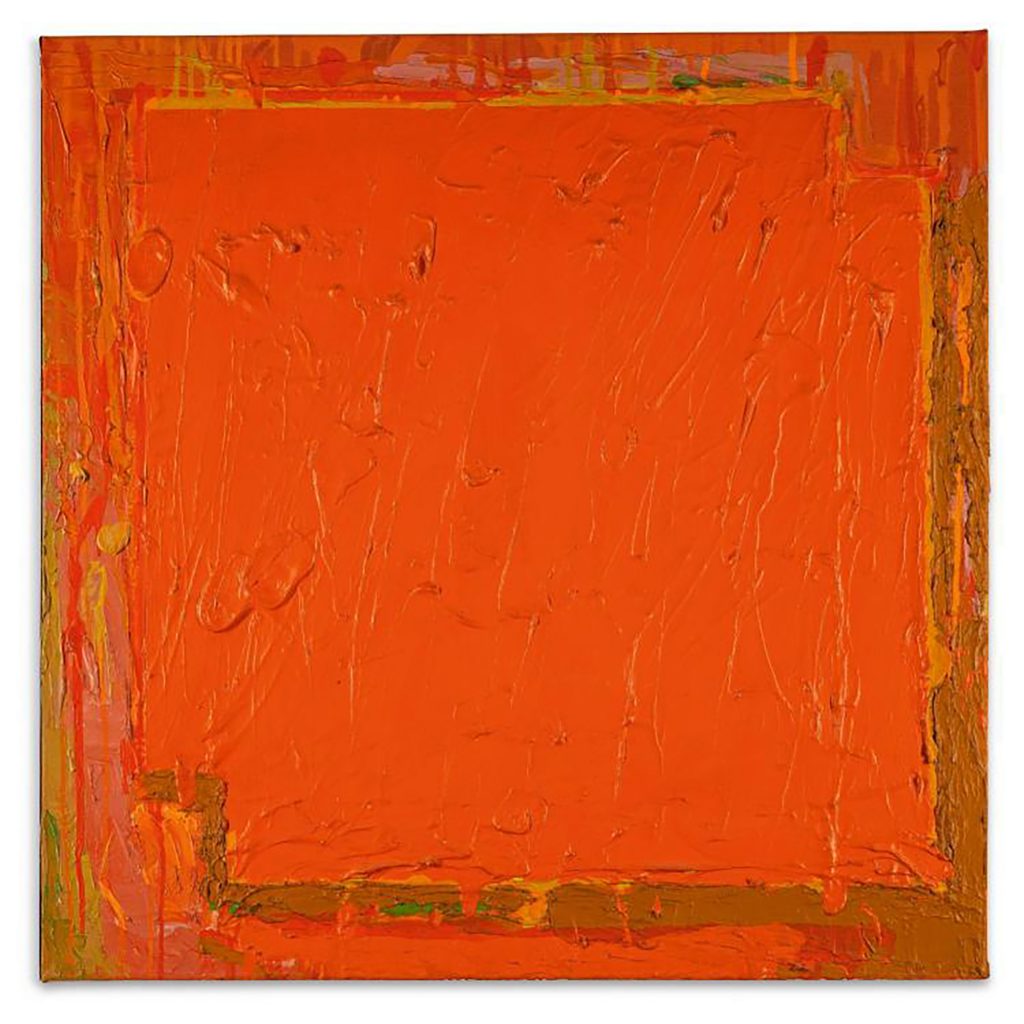 “Speaking, when you have something to say, is like looking. But who looks? If people could see properly, and see whole, they would all be painters. And it’s because people have no idea how to look that they hardly ever understand”. Pierre Bonnard
“Speaking, when you have something to say, is like looking. But who looks? If people could see properly, and see whole, they would all be painters. And it’s because people have no idea how to look that they hardly ever understand”. Pierre Bonnard
Back from my walk I enjoy again the images I have found. I play with them on the screen, zooming into the image to select and crop where the parallels are evident, printing out sheets to play with through collage in my chilly studio. Initially I tried to never alter what the camera picked up, but then as I understood I was seeing how a Japanese technician programming the camera’s sensor thought I should see the world, I began to use the software on the computer to change the images subtlely to allow colour to glow a little more. I crop sometimes quite brutally, even where I have shot almost a macro image to start with, in the effort to bring the image closer to my perception when I took the snapshot, but always trying to stay with reality – if I want to move away then I will go onto canvas or explore through drawing. But that is another game.
Initially I am looking at the parallels between other artist’s work and ‘mother nature’. I suppose I am still groping for understanding of what drives my own creativity, looking for a way to marry process in the studio with the physical activity of brush on canvas, pastel on paper. I still want to incorporate those techniques that were used in the Renaissance – the grid for accurate redrawing and enlarging for example, which normally is submerged under the paint, must remain visible for me as it is a part of the process and can be used expressively in making a painting.
The camera helps me in my visual playground. It is responsive and instantaneous, and so easy to dispose of unsatisfactory images. It is a strand of my art that I am weaving more and more into finished pieces. This day was particularly visually rich.
Sign up on the right to receive these essays as they are writ
Copies of images can be purchased – use contact me to discuss scale, medium, price etc.

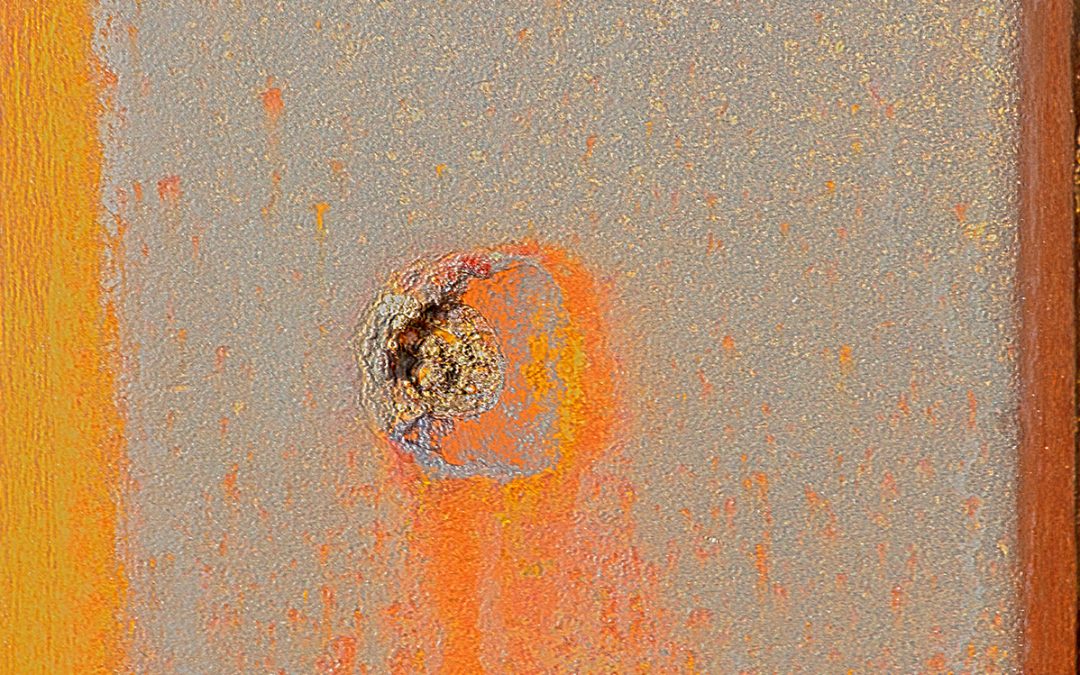
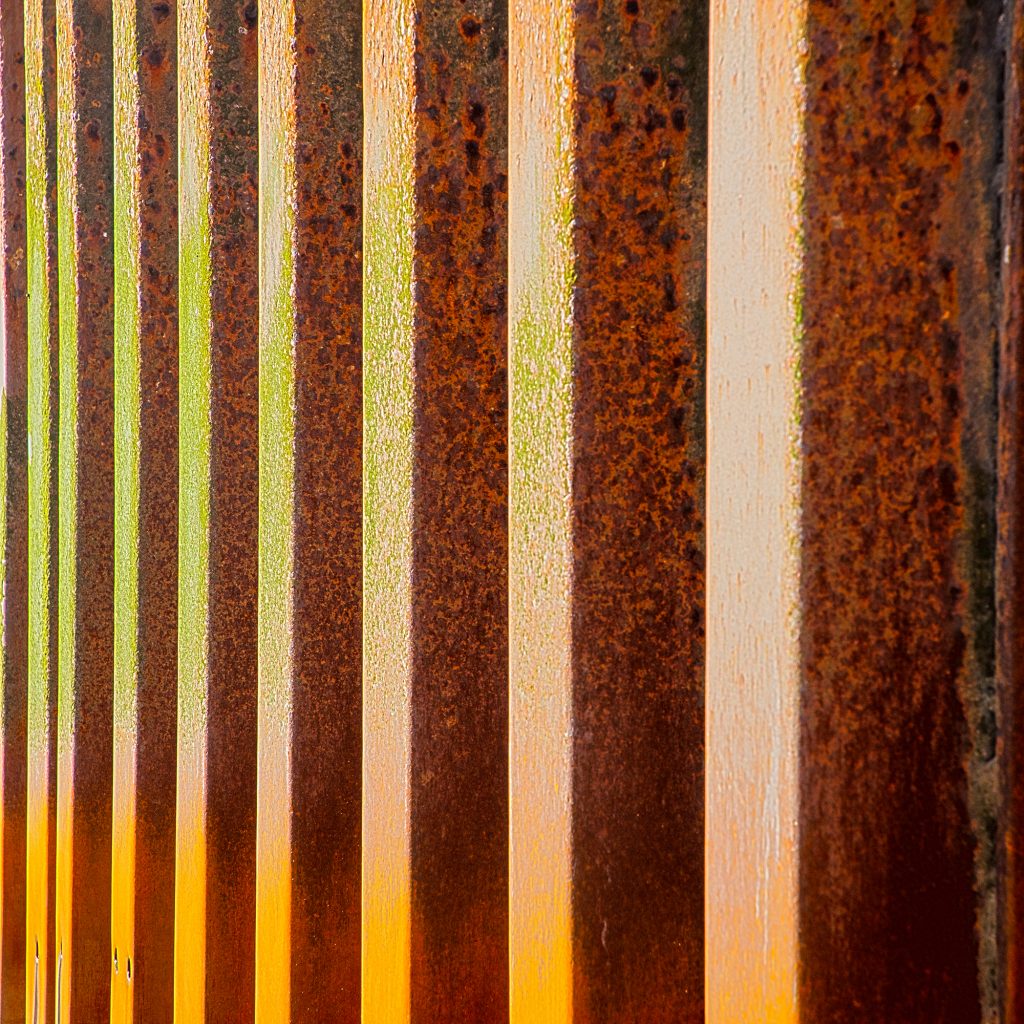
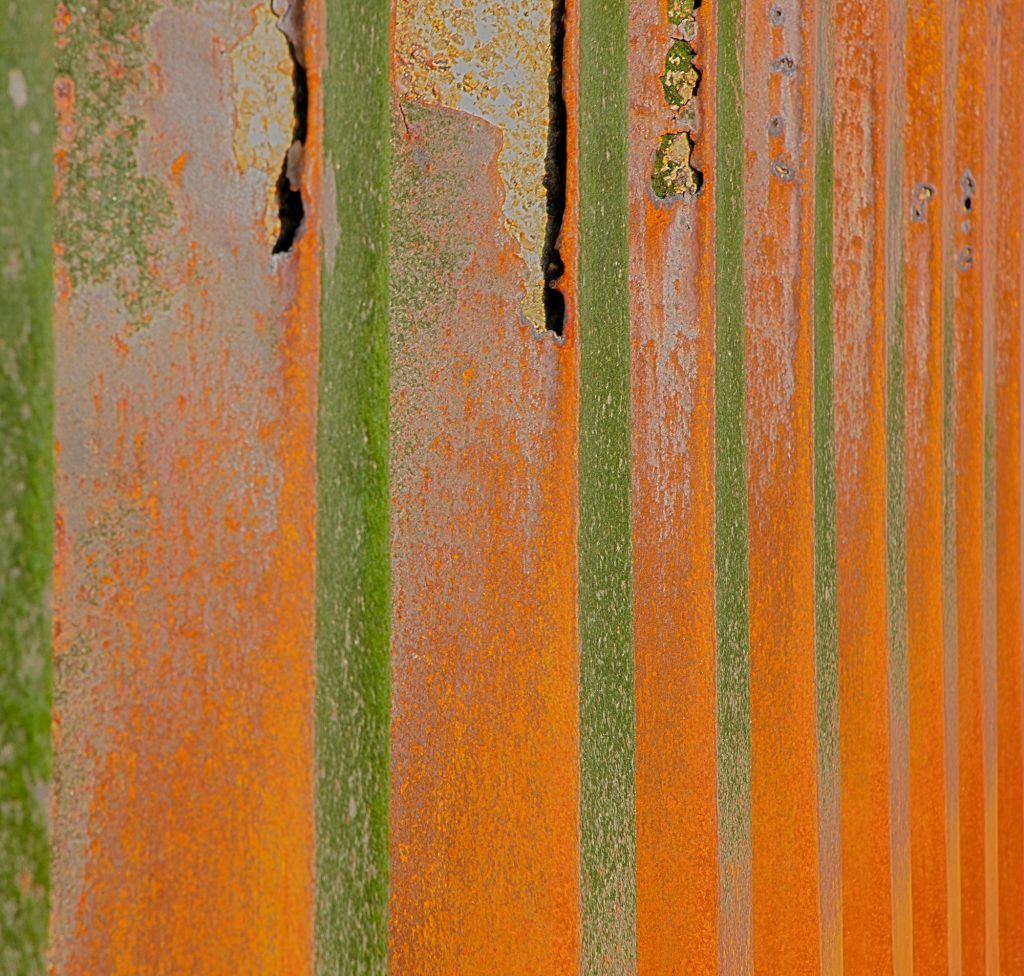
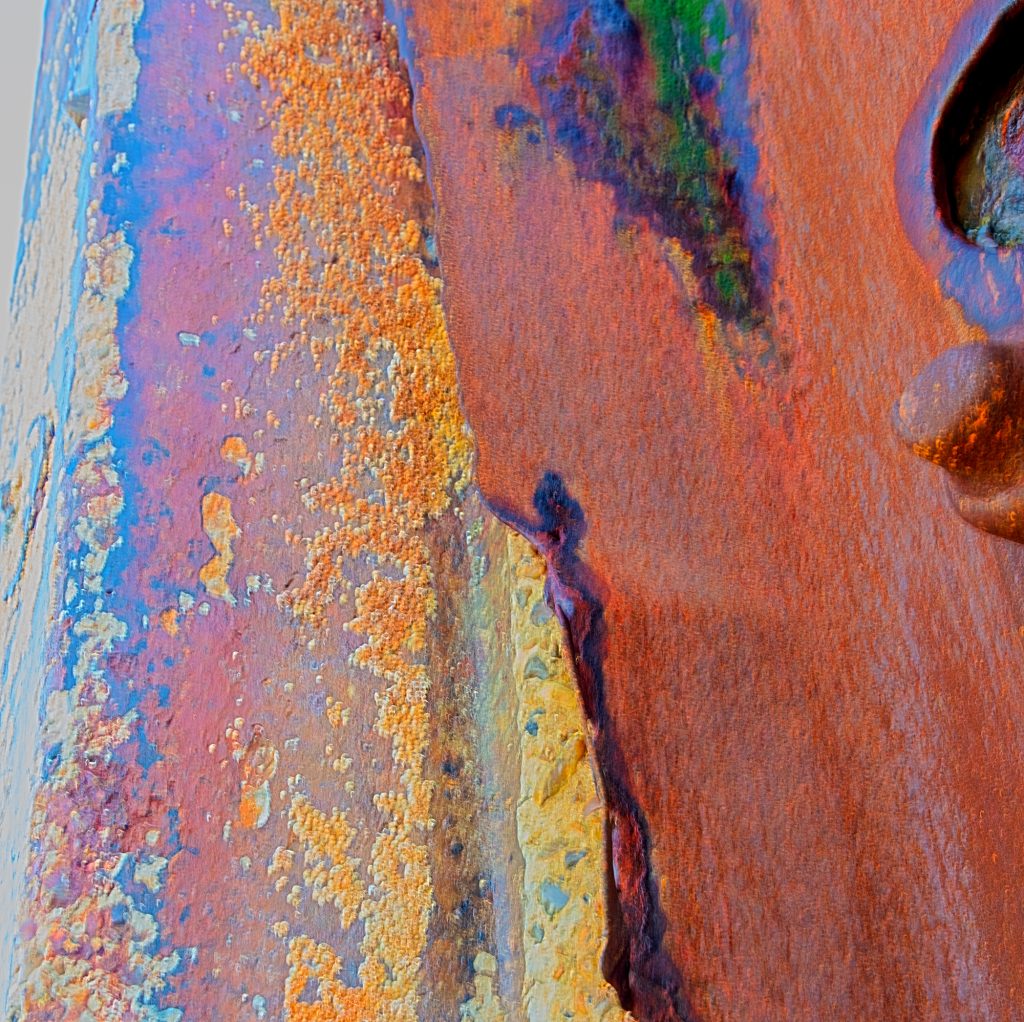
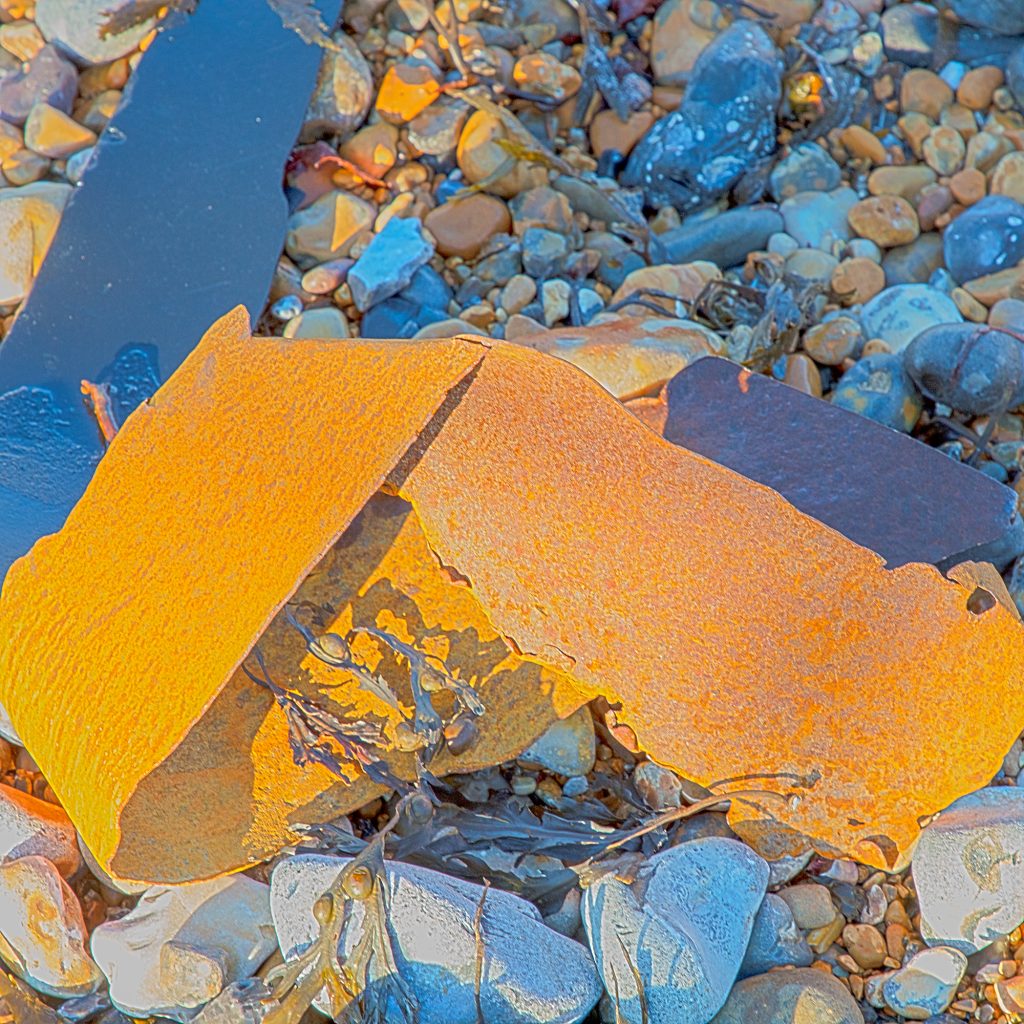
Recent Comments